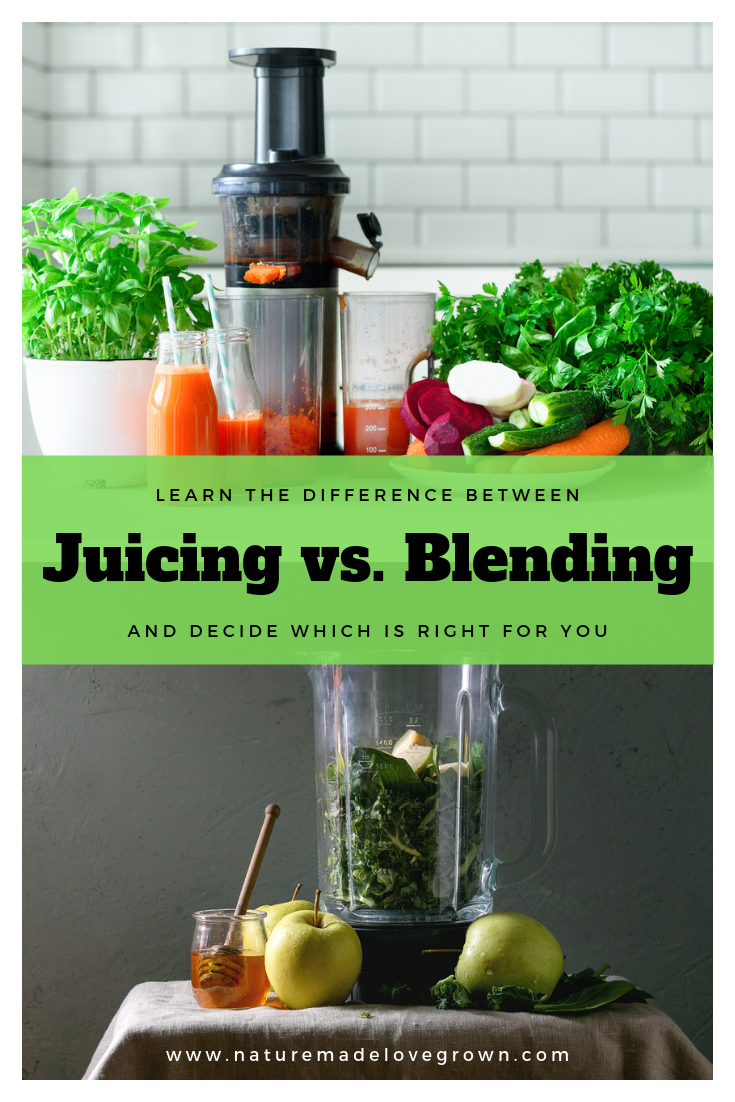

Apple juice, on the other hand, is filtered.

These factors affect flavor, expiration, and composition. Apple cider may contain pulp, while apple juice won’t. Apple cider tends to be unpasteurized and unfiltered, while apple juice is nearly always pasteurized and filtered. It's also considered a seasonal drink and can be hard to find outside of the autumn months. The main difference between apple cider vs apple juice comes down to pasteurization. If you don’t have unsweetened apple juice on hand, you can reduce the sugar in your recipe.“Suppose it’s touchy and yella’, you got juice there fella’, suppose it’s tangy and brown, you’re in cider town.”įor years I relied on this distinction made by Nedward Flanders Jr., Homer Simpson’s overtly religious, super-friendly, surprisingly well-hung-diddidly-ung next door neighbo-rino. Apple cider is fresh, unfiltered, and often unpasteurized. Just make sure it's unsweetened apple juice, so your recipe isn’t too far off from its original flavor profile. Good news! If you’re in a bind, you can substitute cider with apple juice in a recipe. Can apple juice be substituted for apple cider in recipes? Of course your healthiest choice would be to eat an actual apple, which gives you fiber in addition to the other nutrients. When cider is filtered to make juice, it does lose some of its nutritional properties, including polyphenol compounds, thought to reduce the risk of some cancers. The amount of calories, sugar, and vitamins are about the same in apple cider and apple juice. Which is better for you? Apple cider or apple juice? With all of the added preservatives found in apple juice, it can last for months unopened on shelves or refrigerated. Apple juice has a smooth texture because it’s usually strained to eliminate pulp and sediment found in more traditional apple cider. The color is transparent, and the flavor is sweeter. Many sources, including published articles ( here and here for example) say that these perceptions translate into how cider and juice are labelled and marketed. Essentially apple juice is apple cider that has been heated to change the color, flavor, and texture. Apple Juice: By contrast, most people would describe apple juice as purchased from a store, very clear, pasteurized, with a taste that is much milder than fresh pressed apples. Remember that beverage you enjoyed after nap time in preschool? That would be apple juice. If some apple cider is left unrefrigerated (particularly one that is unpasteurized), fermentation will begin, and it will eventually turn into "hard" cider. Its color is more opaque than apple juice and has a shorter shelf life of about 7 to 10 days refrigerated. The United States and parts of Canada now define apple cider as an unfiltered, unsweetened, nonalcoholic beverage made from pressed apples that still contains some pulp or sediment. Story continues How do we define apple cider today? Lucky for you, we've got everything you need to get to the core of the apple juice/apple cider issue. At some point through the years, the words “apple cider” evolved to mean something different here in the United States as opposed to the rest of the world. And while any amateur can tell the difference between an apple pie and an apple cake, the difference between apple cider and apple juice can be a whole lot tricker. If that isn't enough, there are about a million delicious apple recipes to try: applesauce, apple butter, poached apples, apple pie, apple muffins, caramel apples, and even grilled apples, to name a few. The definitions of juice and cider vary from. After all, the United States' apple industry brings in close to $20 billion each year! What is the difference between Apple Cider and Apple Juice SOURCE: U.S. And before you and your family hop in the car and head to a local farm stand to do some apple picking and grab an apple-y beverage, you might be curious to read on and learn if you're more of an apple cider person or an apple juice person. What's the difference between apple cider and apple juice? While they share a common fruity origin, the two have their differences.


 0 kommentar(er)
0 kommentar(er)
